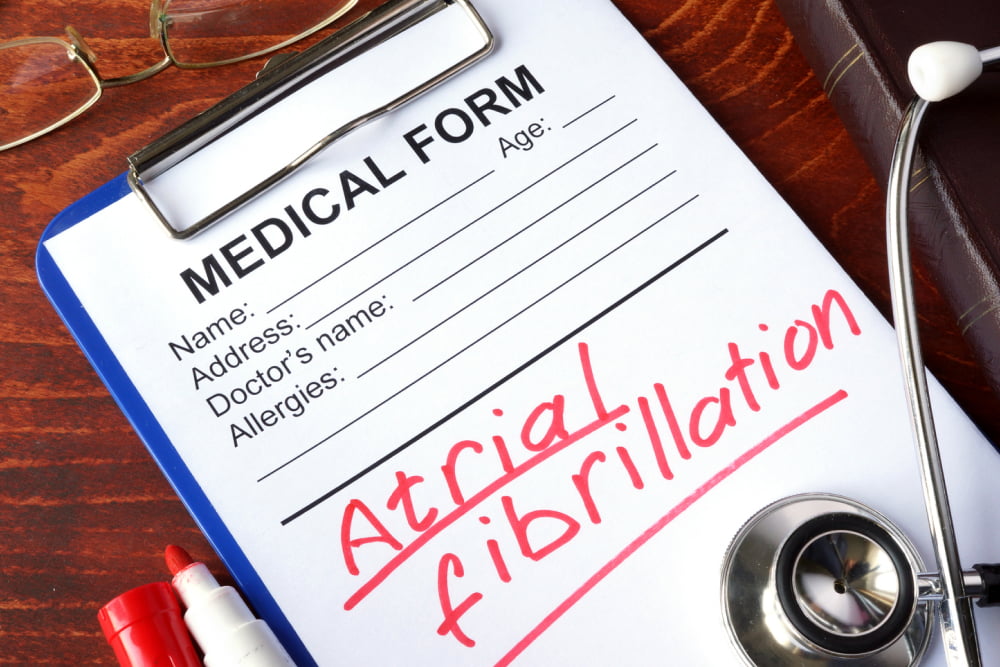
12 surprising facts about COPD to know
Chronic Obstructive Pulmonary Disease, also known as COPD, is a well-recognized respiratory ailment that affects millions of lives worldwide. COPD, characterized by symptoms like chronic cough, shortness of breath, and reduced lung function, is a complex condition with multiple layers. While its core features are understood by many, an array of surprising and often overlooked facets surrounds this condition. This article delves into these lesser-known aspects of COPD to comprehensively understand the disease. Underdiagnosed and misdiagnosed cases One of the most surprising facts about COPD is the prevalence of underdiagnosed and misdiagnosed cases. According to the World Health Organization (WHO), more than 90% of COPD cases are estimated to remain undiagnosed. This is partly because early symptoms, such as coughing and shortness of breath, are often attributed to the natural aging process or other respiratory conditions. Additionally, many individuals with COPD do not seek attention until the disease has progressed significantly. Impact on mental health COPD not only affects physical health but also takes a toll on mental well-being. Surprisingly, individuals with COPD are more likely to experience anxiety and depression. The disease’s chronic nature and its impact on daily activities and social interactions may lead to isolation and sadness.
Read More 










